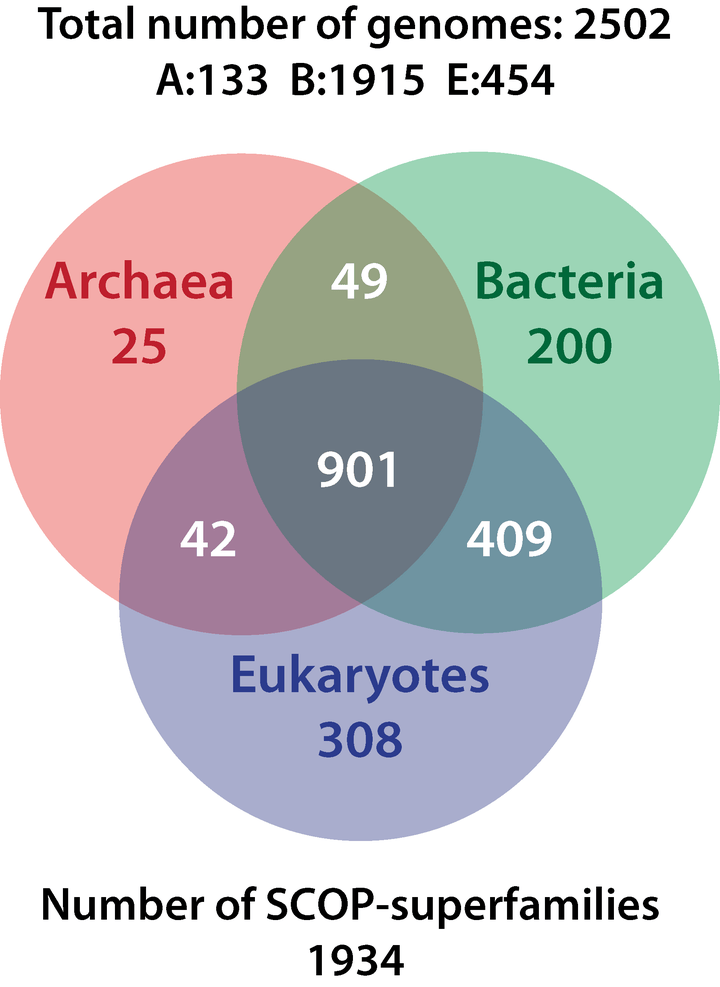
“But nowhere in her original [1967] text does [Lynn] Sagan permit the reader to be confident that the author understands that her evolutionary accounts are in any sense tentative.”---Charles Kurland and Ajith Harish, Journal of Theoretical Biology
RELATED STORIES:
Deep evolution scientist Martin Embley will be happy to see that Swedish investigators Charles Kurland (supported by the Nobel Committee for Chemistry of the Royal Swedish Academy of Sciences) and Ajith Harish (supported, in part, by the Swedish Research Council) have now published their Tree of Life results in a “decent” venue. Kurland and Harish lay out their case in the current Journal of Theoretical Biology in a paper titled, “Mitochondria are not captive bacteria.” In it they note that “97% of modern mitochondrial protein domains as well as their homologues in bacteria and archaea were present in the universal common ancestor. . . . and were distributed by vertical inheritance.”
They confirm the identity of the universal common ancestor (UCA) in the JTB paper as representing a population that survived more than one Snowball Earth or other bottleneck. In the Kurland-Harish Tree, eukaryotes and akaryotes (bacteria and archaea) descend in parallel from UCA. The Kurland and Harish interpretation of events is one of “reductive evolution of protein domain diversity”.
I previously covered the Kurland and Harish perspective at some length earlier this year (stories linked above). Kurland and Harish rely substantially on SUPERFAMILY and hidden Markov models for their Tree results. Their findings directly challenge the endosymbiosis hypothesis that Lynn Margulis popularized, saying:
“I don’t consider my ideas controversial. I consider them right.” (quoting Kurland and Harish quoting Margulis).
Margulis, however, did acknowledge that the symbiosis concept was not hers originally.
According to Institute for Advanced Study astrophysicist Piet Hut, Margulis’s first husband, Carl Sagan, as a graduate student, organized international scientific conferences bringing together people from the Soviet Union and America.
Clearly, all kinds of “marvelous” science must have been wafting through the Sagan abode during the years Carl and Lynn were married. And Charles Kurland was a friend of both scientists.
But Kurland and Harish further note in their JTB paper that in 1967, when Lynn Sagan published her “seductive account of the origins of eukaryotic cells through prokaryotic endosymbiosis,” molecular evolution was still a baby. There was wiggle room for symbiosis “conjecture”.
I further highlight the symbiosis ownership issue in the introduction to my 2009 book interview with Margulis:
“Lynn Margulis told me that when she wrote her book Symbiosis in Cell Evolution: Microbial Communities in the Archean and Proterozoic Eons she was entirely ignorant of the Russian work of Boris Mikhailovich Kozo-Polyansky (1924) and his predecessors’ concepts of symbiogenesis. She said she also knew little of the American antecedents (e.g., Ivan E. Wallin’s Symbionticism and the Origin of Species, 1927). Margulis said she had simply read with great interest Columbia professor E.B. Wilson’s tome The Cell in Development and Heredity (1925). Yet her conclusions closely resembled those of Kozo-Polyansky and other unknown symbiogenesis-championing predecessors albeit with modern genetic, biochemical and paleontological information.”--- The Altenberg 16: An Exposé of the Evolution Industry
Margulis was eventually awarded the National Medal of Science by Bill Clinton in 1999, although Santa Fe Institute physicist Geoffrey West revealed in a conversation with me last year that Bill Clinton did not have “any interest in or knowledge of science” and that “anything significant that happened during the Clinton era regarding science was because of Al Gore.”
Margulis defended the symbiosis “theme” in that same 2009 book interview with me, as follows:
“A fine scientific literature on this theme (symbiosis) actually exists and grows every day but unfortunately it is scattered, poorly understood and neglected nearly entirely by the money-powerful, the publicity managers of science and the media. Worse, much of it is not written in English or well-indexed. This literature shows that symbiogenesis, interspecific fusions (hybridogenesis, gene transfers of various types, karyotypic fissioning, and other forms of acquisition of “foreign genomes” or epigenesis) are more important than the slow gradual accumulation of mutation or sexual merger.”
Kurland, professor emeritus at Sweden’s Lund University, conceived the deep evolution study now featured in JTB. His scientific career began in the early 1960s in the Harvard University lab of James Watson, where as a PhD candidate he was part of the team that discovered E. coli mRNA.
Kurland and Harish together designed the analyses and interpreted the results of their study published in JTB. Harish obtained the data and analyzed it.
Harish is a guest researcher in the lab of molecular biologist Måns Ehrenberg at Uppsala University and his roots are at the University of Illinois, Urbana Champaign, the former domain of Carl Woese.
Meanwhile, John Templeton Foundation is putting its money---$353,113---on further exploration of endosymbiosis, funding bioinformaticist and molecular biologist James McInerny’s eukaryogenesis project at the University of Manchester. McInerney is employing a half dozen or so software programs in his Manchester lab, at least one designed by his own lab.
McInerney has in the past been critical of the Kurland and Harish approach, but did not respond to my request for an interview. He notes the following on his Templeton project page regarding the scope of his research:
“With the advent of high-throughput technologies [McInerny’s lab uses: TOPD/FMTS, MultiPhyl, Modelgenerator, DPRml, CLANN, Crann and GCUA], we can begin to build a clearer picture of eukaryogenesis. . . . The enduring impact of this project will be in the way undergraduate textbooks represent our knowledge of eukaryotic origins.”
But how can the public (including other scientists) have confidence in the results without an advanced degree in computer science?
